Sierra Wireless MC5725-F EVDO Mini-PCI Express Card CDMA Modem Module User Manual WWAN Seneca EVDO
Sierra Wireless Inc. EVDO Mini-PCI Express Card CDMA Modem Module WWAN Seneca EVDO
Contents
- 1. WWLAN User Manual
- 2. Manual
Manual
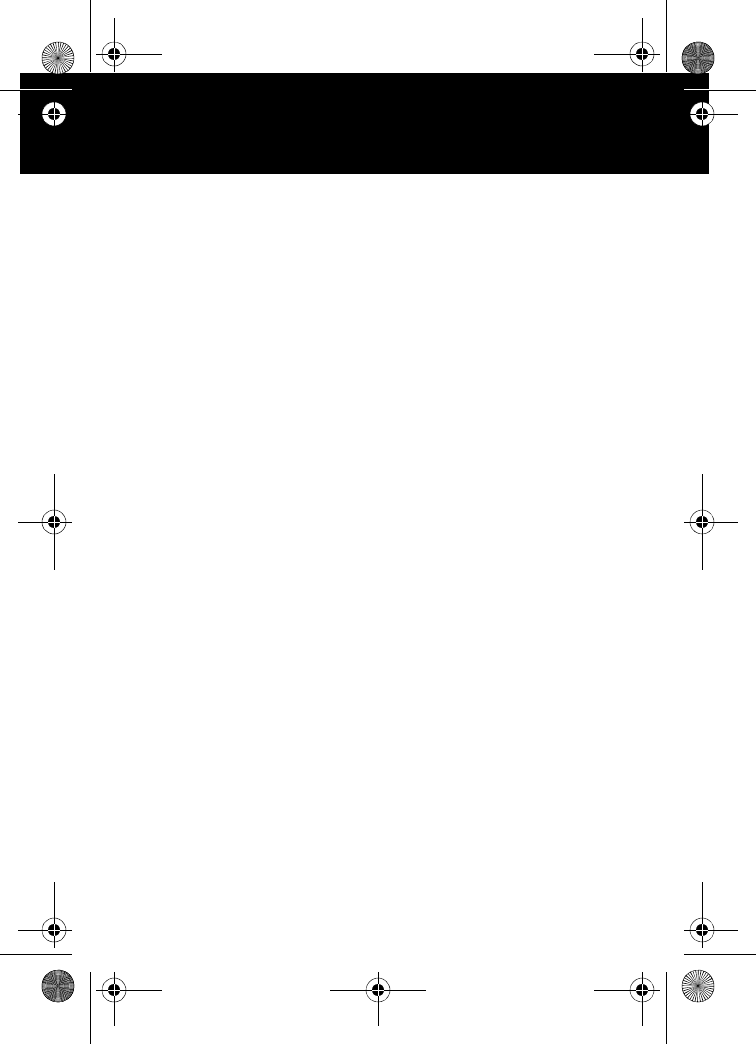
Please read this document carefully prior to using the
3G Mini-Card MC5727 modem in your Fujitsu Life-
Book.
Important notice
Because of the nature of wireless communications,
transmission and reception of data can never be guar-
anteed. Data may be delayed, corrupted (that is, have
errors) or be totally lost. Although significant delays
or losses of data are rare when wireless devices such as
the 3G Mini-Card modem are used in a normal man-
ner with a well-constructed network, the card should
not be used in situations where failure to transmit or
receive data could result in damage of any kind to the
user or any other party, including but not limited to
personal injury, death, or loss of property. Sierra
Wireless and its affiliates accept no responsibility for
damages of any kind resulting from delays or errors in
data transmitted or received using the 3G Mini-Card
modem, or for failure of the modem to transmit or
receive such data.
3G Mini-Card MC5727
Regulatory and Safety Information
Fujitsu Computer Systems Corporation
WWAN - Seneca EVDO.fm Page 1 Thursday, September 25, 2008 8:30 AM
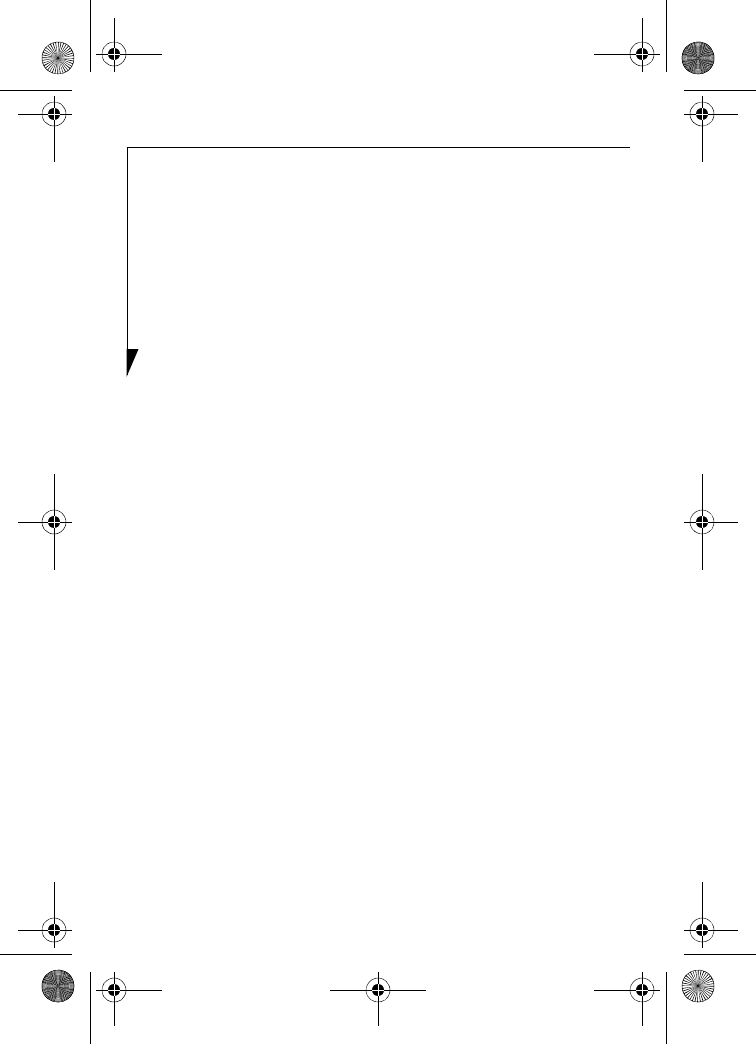
2
Safety and hazards
The 3G Mini-Card modem MUST BE POWERED
OFF in all areas that may be susceptible to radio inter-
ference. In particular:
Prohibited Areas
Obey all signs and notices and follow all rules and reg-
ulations. Power off the 3G Mini-Card modem when
instructed to do so or when you suspect that it may
cause interference or danger.
Where explosive atmospheres may be present
Areas with a potentially explosive atmosphere are not
always clearly marked. Such areas include gas stations,
fuel depots, chemical transfer or storage facilities,
areas where blasting is in progress, areas where the air
contains chemicals or particles such as grain, dust, or
metal powders, and any other area where you would
normally be advised to turn off your cellular phone or
vehicle engine.
Near medical or life-support equipment
In areas where medical equipment may be susceptible
to any form of radio interference. In such areas the 3G
Mini-Card modem can transmit signals that could
interfere with this equipment.
On board aircraft
In addition to Federal Aviation Authority (FAA)
requirements, many airline regulations state that you
must suspend wireless operations before boarding an
aircraft. The 3G Mini-Card modem is capable of
transmitting signals that could interfere with various
onboard systems and controls.
WWAN - Seneca EVDO.fm Page 2 Thursday, September 25, 2008 8:30 AM
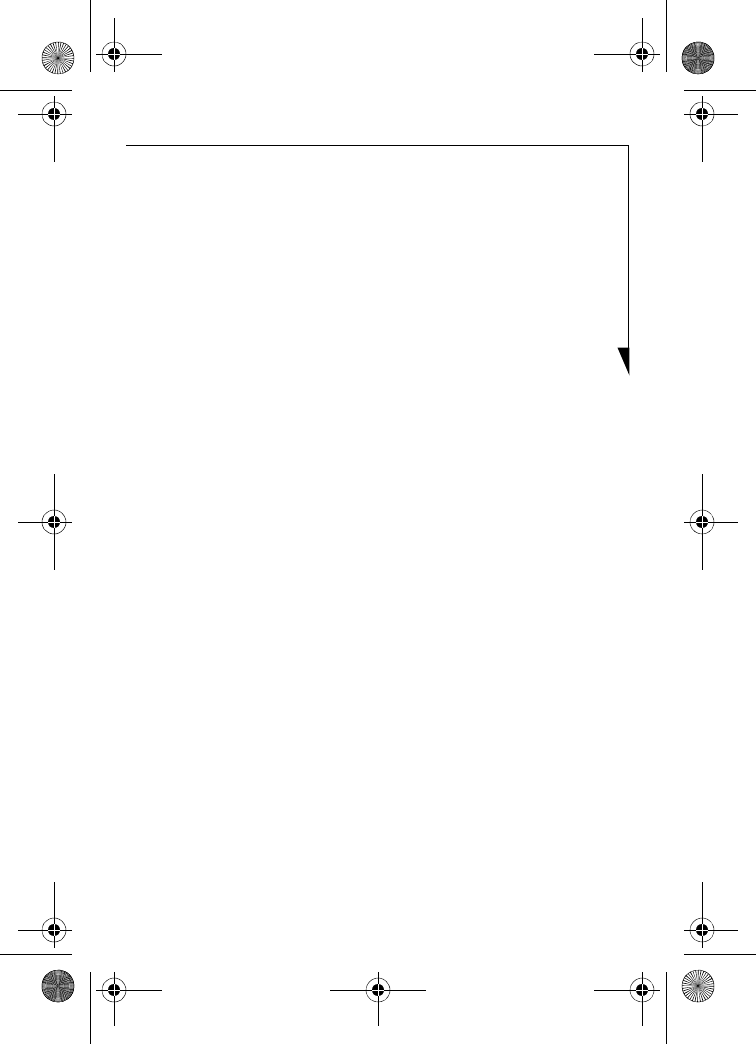
3
Failure to observe this instruction may lead to suspen-
sion or denial of cellular telephone services to the
offender, legal action, or both.
Some airlines may permit the use of cellular phones
while the aircraft is on the ground and the door is
open. The 3G Mini-Card modem may be used nor-
mally at this time.
While operating a vehicle
The driver or operator of any vehicle should not use a
wireless data device while in control of a vehicle.
Doing so detracts from the driver or operator's ability
to control and operate the vehicle. In some countries,
using such communications devices while in control
of a vehicle is an offence.
Important safety/compliance
information for North American users
Caution: Unauthorized modifications or changes not
expressly approved by Sierra Wireless, Inc. could void
compliance with regulatory rules, and thereby your
authority to use this equipment.
The design of the 3G Mini-Card modem complies
with U.S. Federal Communications Commission
(FCC) and Industry Canada (IC) guidelines respect-
ing safety levels of radio frequency (RF) exposure for
portable devices, which in turn are consistent with the
following safety standards previously set by Canadian,
U.S. and international standards bodies:
WWAN - Seneca EVDO.fm Page 3 Thursday, September 25, 2008 8:30 AM
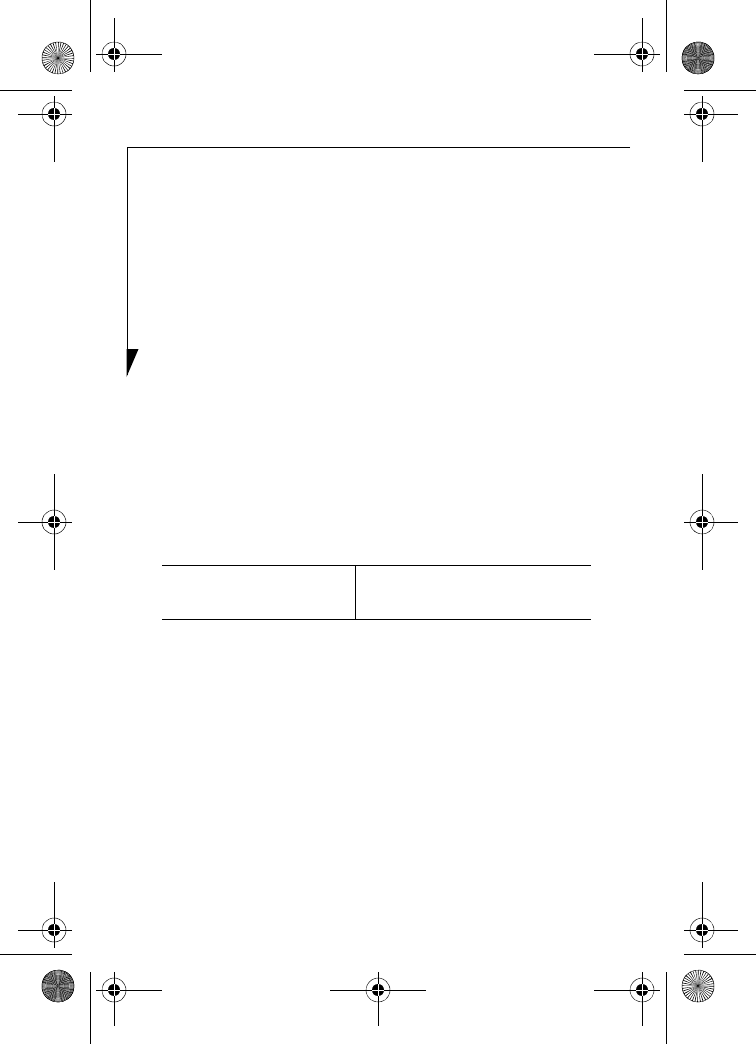
4
• ANSI / IEEE C95.1-1999, IEEE Standard for Safety
Levels with Respect to Human Exposure to Radio Fre-
quency Electromagnetic Fields, 3kHz to 300 GHz
• National Council on Radiation Protection and
Measurements (NCRP) Report 86, -1986, Biological
Effects and Exposure Criteria for Radio Frequency
Electromagnetic Fields
• Health Canada, Safety Code 6, 1999, Limits of
Human Exposure to Radio Frequency Electromag-
netic Fields in the Frequency Range from 3 kHz to
300 GHz
• International Commission on Non-Ionising Radia-
tion Protection (ICNIRP) 1998, Guidelines for lim-
iting exposure to time-varying electric, magnetic, and
electromagnetic fields (up to 300 GHz)
Caution: The 3G Mini-Card modem has been evalu-
ated for compliance with FCC/IC RF exposure limits
in this laptop configuration. This 3G Mini-Card
modem must not be collocated or operated in con-
junction with any other antenna or transmitter other
than the transmitters that have been approved with
this laptop. Use of this device in any other configura-
tion may exceed the FCC RF Exposure compliance
limit.
3G Mini-Card Modem
MC5727 FCC ID: N7N-MC5725-F
IC: 2417C-MC5725
WWAN - Seneca EVDO.fm Page 4 Thursday, September 25, 2008 8:30 AM
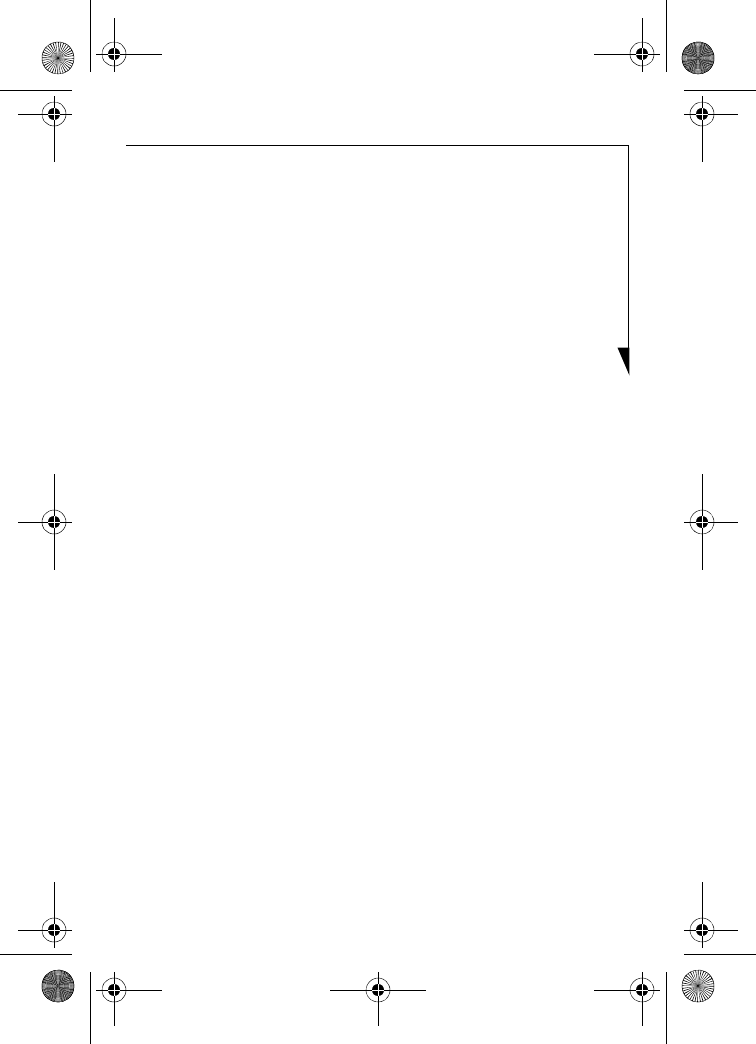
5
FCC Radio Frequency Exposure statement
The available scientific evidence does not show that
any health problems are associated with using low
power wireless devices. There is no proof, however,
that these low power wireless devices are absolutely
safe. Low power wireless devices emit low levels of
radio frequency energy (RF) in the microwave range
while being used. Whereas high levels of RF can pro-
duce health effects (by heating tissue), exposure to
low-level RF that does not produce heating effects
causes no known adverse health effects. Many studies
of low-level RF exposure have not found any biologi-
cal effects. Some studies have suggested that some bio-
logical effects might occur, but such findings have not
been confirmed by additional research. The EVDO
WWAN and the WLAN radio devices have been tested
and found to comply with FCC radiation exposure
limits set forth for an uncontrolled equipment and
meets the FCC radio frequency (RF) Exposure Guide-
lines in Supplement C to OET65.
Proper LifeBook Orientations
Your computer can be used in tablet configuration in
three different orientations. (Figure 1):
Portrait Orientation: Hold the system with the display
positioned vertically with the latch on the left.
2nd Portrait Orientation: Hold the system with dis-
play positioned vertically with the latch on the right.
Landscape Orientation: Hold the system with the dis-
play positioned horizontally with the latch on the top.
WWAN - Seneca EVDO.fm Page 5 Thursday, September 25, 2008 8:30 AM
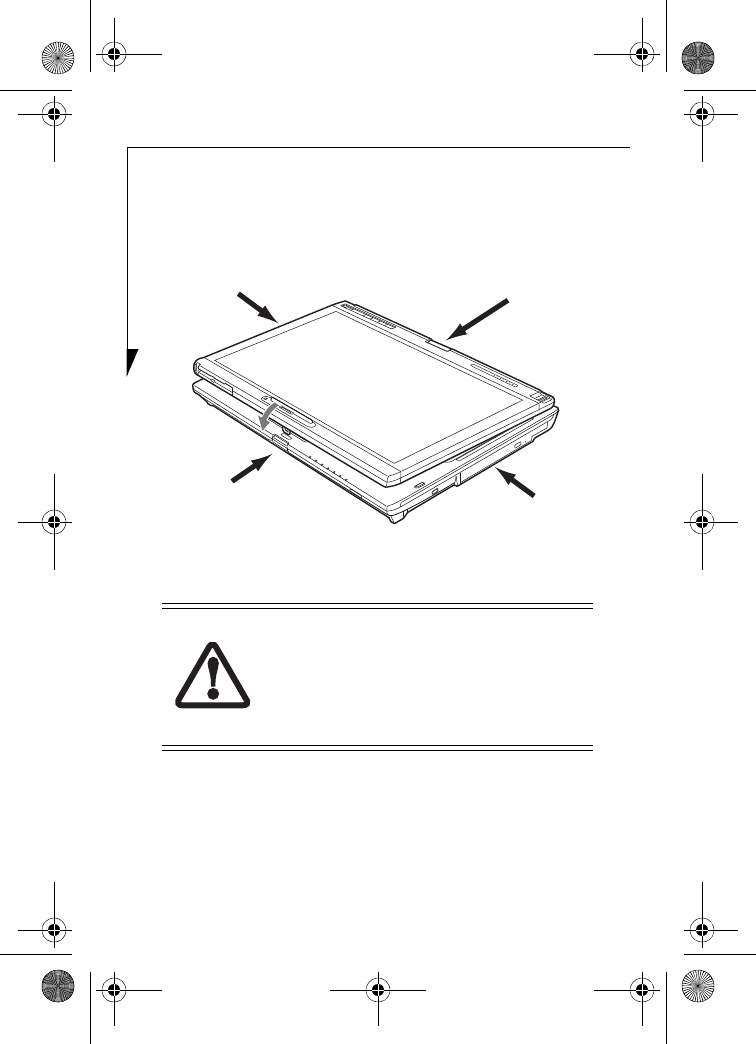
6
Figure 1. Tablet Mode
Holding the system horizontally
with the latch at the bottom could
result in damage to the WWAN
antenna. Additionally, this is not a
functional orientation
Landscape
Orientation
2nd Portrait
Orientation
Portrait
Orientation
Non-functional
Orientation
WWAN - Seneca EVDO.fm Page 6 Thursday, September 25, 2008 8:30 AM
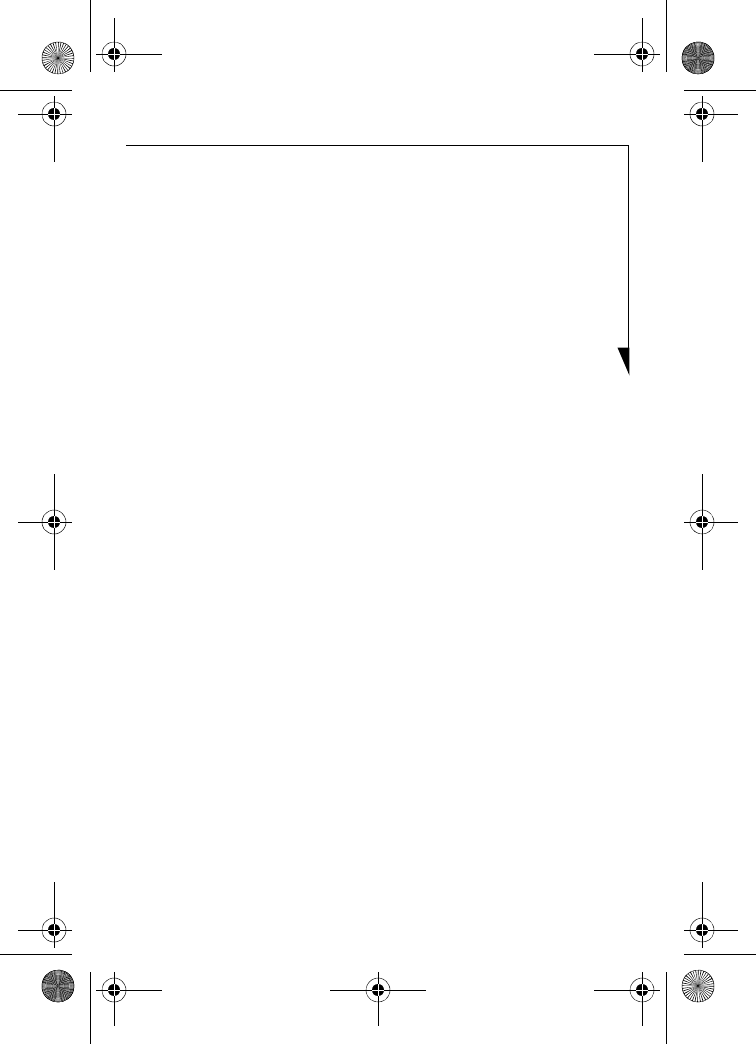
7
WWAN - Seneca EVDO.fm Page 7 Thursday, September 25, 2008 8:30 AM
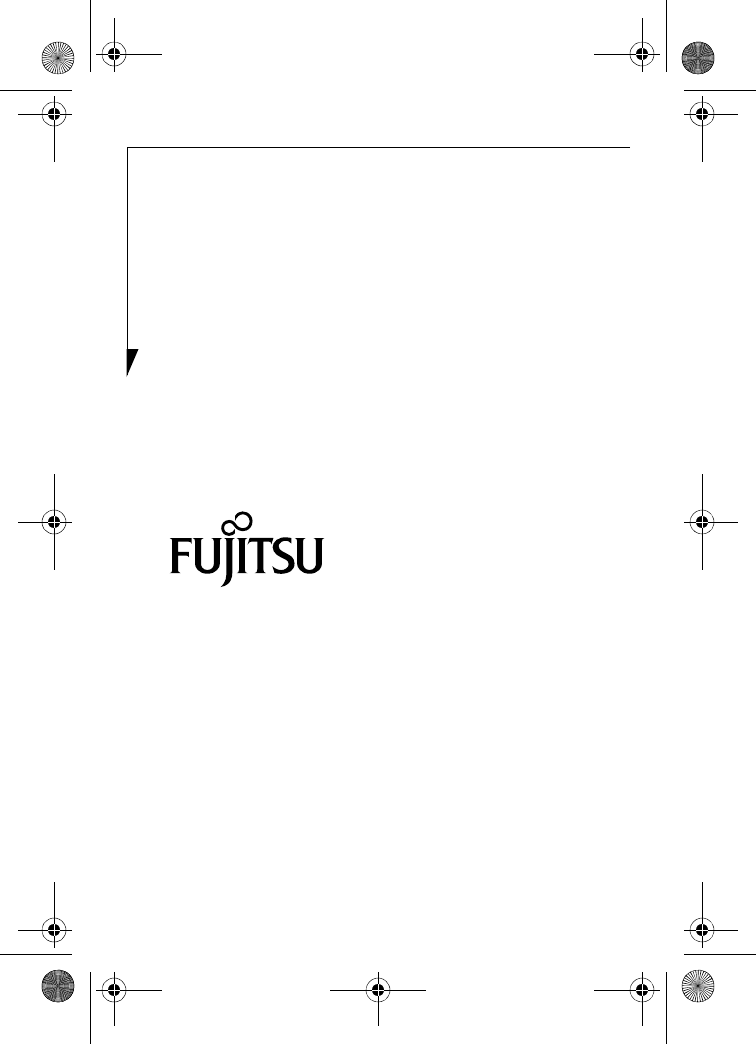
8
1250 E. Arques Avenue (M/S 122),
Sunnyvale, California 94085
For more information, call 1-877-372-3473 or visit our website at
www.shopfujitsu.com. For technical support call 1-800-8fujitsu
Fujitsu and the Fujitsu logo are registered trademarks of Fujitsu,
Ltd. All other trademarks mentioned herein are the property of
their respective owners. Product description data represents Fujitsu
design objectives and is provided for comparative purposes; actual
results may vary based upon a variety of factors. Specifications
subject to change without notice.
© 2008 Fujitsu Computer Systems Corporation. All rights reserved.
FPC58-DRAFT-01
WWAN - Seneca EVDO.fm Page 8 Thursday, September 25, 2008 8:30 AM